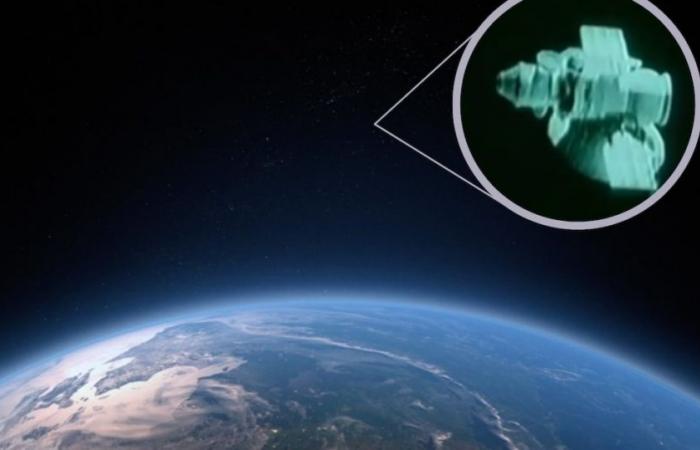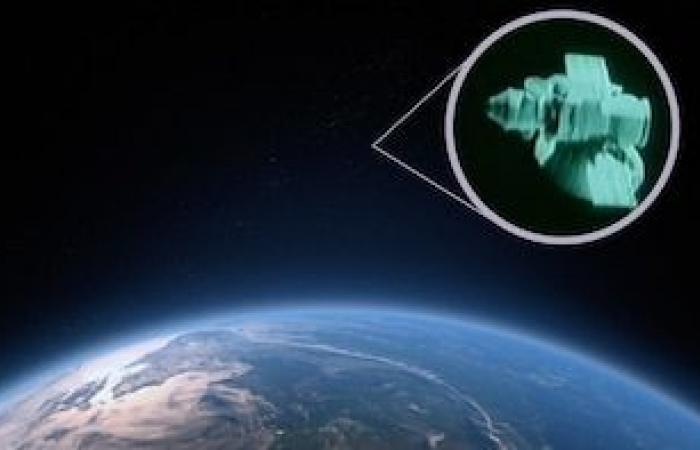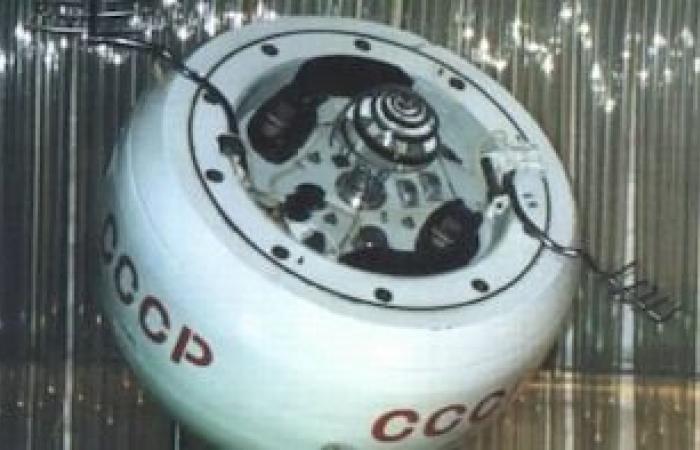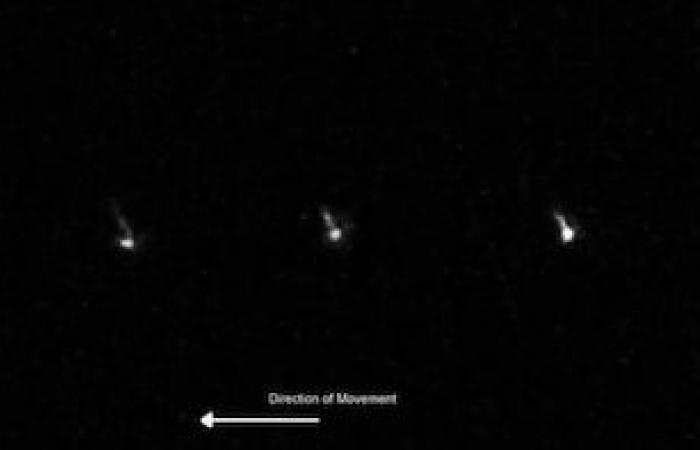The Kosmos landing probe 482launched by the Soviet Union in 1972 destined to VenusI would come back this week a Enter the Earth’s atmosphere in one not controlled reentryas reported Monday the NASA on your website. Designed to withstand the harsh conditions of the Venusine atmosphere, parts of the artifact could survive when passing through the atmosphere of the earth and reach the surface.
The object, with a mass lower than the 500 kilograms and a diameter of approximately 1 metropresents similar characteristics to those of a meteorite As for its behavior and impact risk, explained the astronomer of the Delft University (Netherlands) Marco Langbroekwho has been the case for years. The risks “are not especially high, but neither null”, are “similar to those of the impact of a meteorite,” the astronomer said on his website.
Kosmos 482 He was launched March 31, 1972a few days after the probe Venus 8as part of the program Venus with which USSR sought to study Venus. However, a failure prevented the ship from escaping from the low terrestrial orbit. According to NASA data, after a I try to start an interplanetary trajectoryhe device separated into four parts: two fell in the first 48 hours and the other two – including the landing probe and the Propulsion module— They entered a higher orbit where they have remained until today.
Since 1962, the name Kosmos was assigned by the Soviets to all spacecraft that did not abandon the earth’s orbit, regardless of whether that was their original destiny.

According to NASA, the object orbit is decliningand it is expected to re -enter at some point between the May 7 and 13. Langbroek today estimated on his social networks that the most likely date It is the May 10with a margin of error of 1.5 days. However, he stressed that prediction is better expressed as a several days reentry windowdue to the uncertainties of this type of event.
-The reentry will also be long and shallow, which could cause the artifact to break or disintegrate widely In the Earth’s atmosphere, although the possibility that some fragments reach the surface is not ruled out.
The probe was designed with a Titanium Seiglobular Cover to resist the dense atmosphere of Venus. I was also equipped with a parachute system To stop his descent, although Langbroek expressed doubts about the viability of this mechanism after more than half a century.

Due to the lack of control over the trajectory, the spatial authorities cannot yet determine When or where The reentry will occur. This uncertainty will decrease in the days before the event, “but Even the same day there will still be great uncertainties”, Explained Langbroek.
Space agencies continue to follow the trajectory of Kosmos 482waiting to obtain more precise data as the estimated re -entry date approaches.
(With EFE information)









